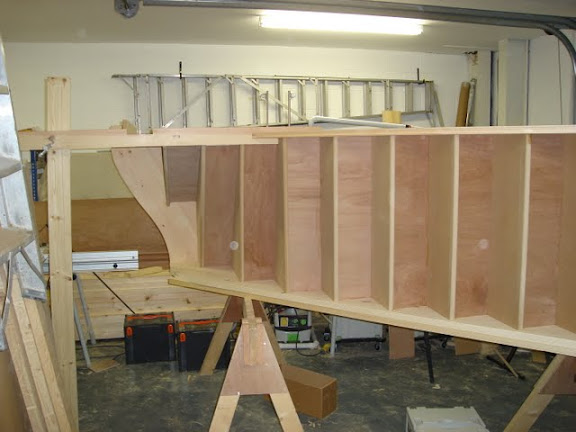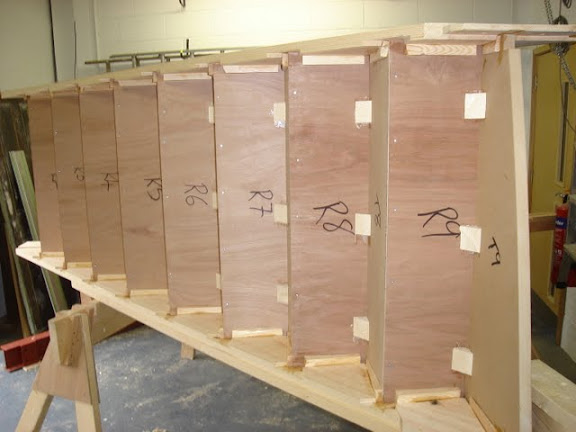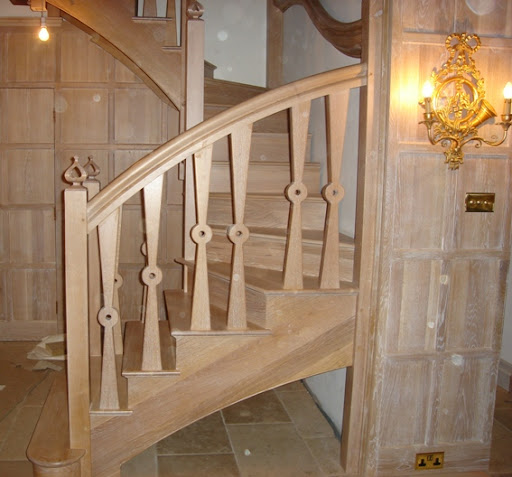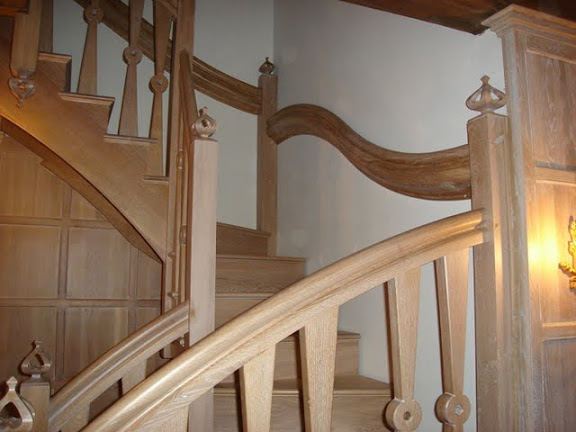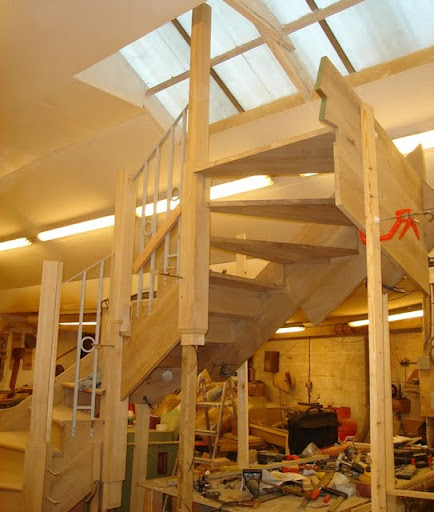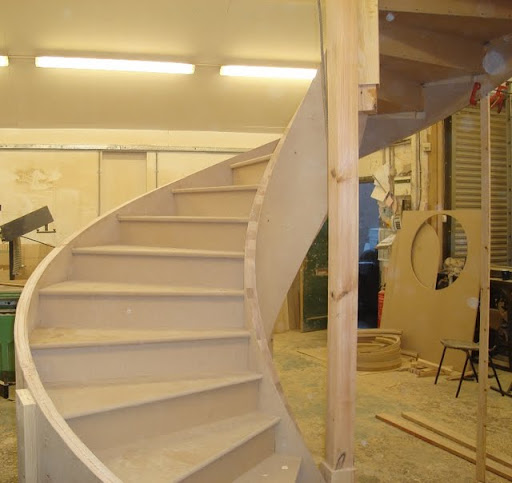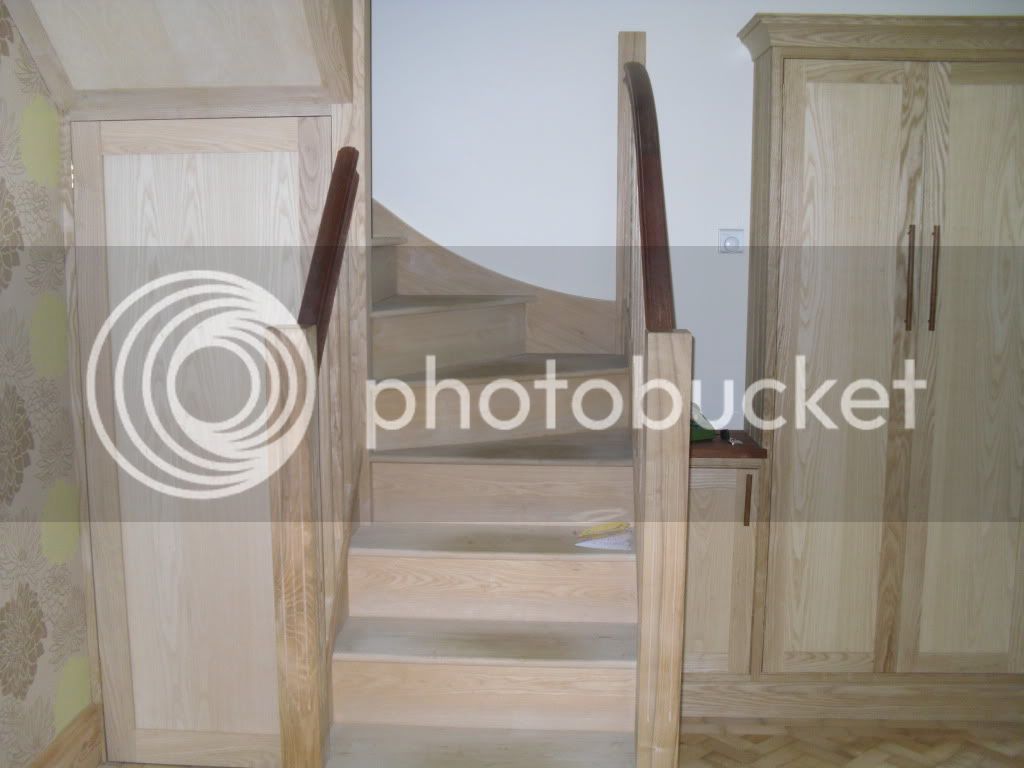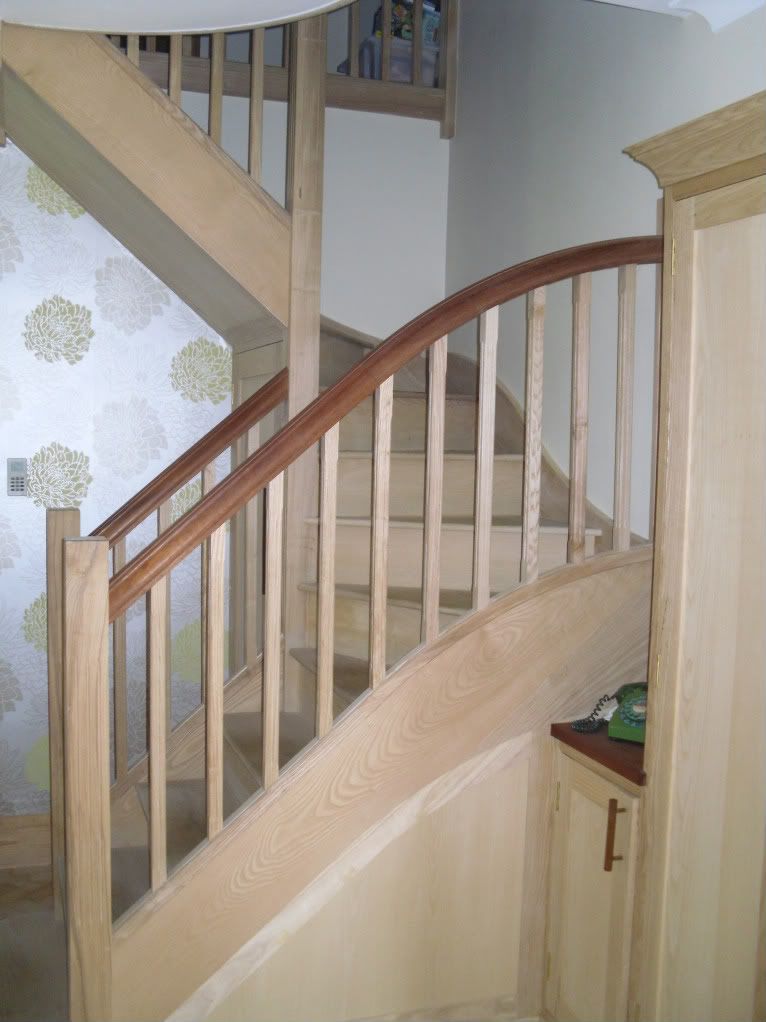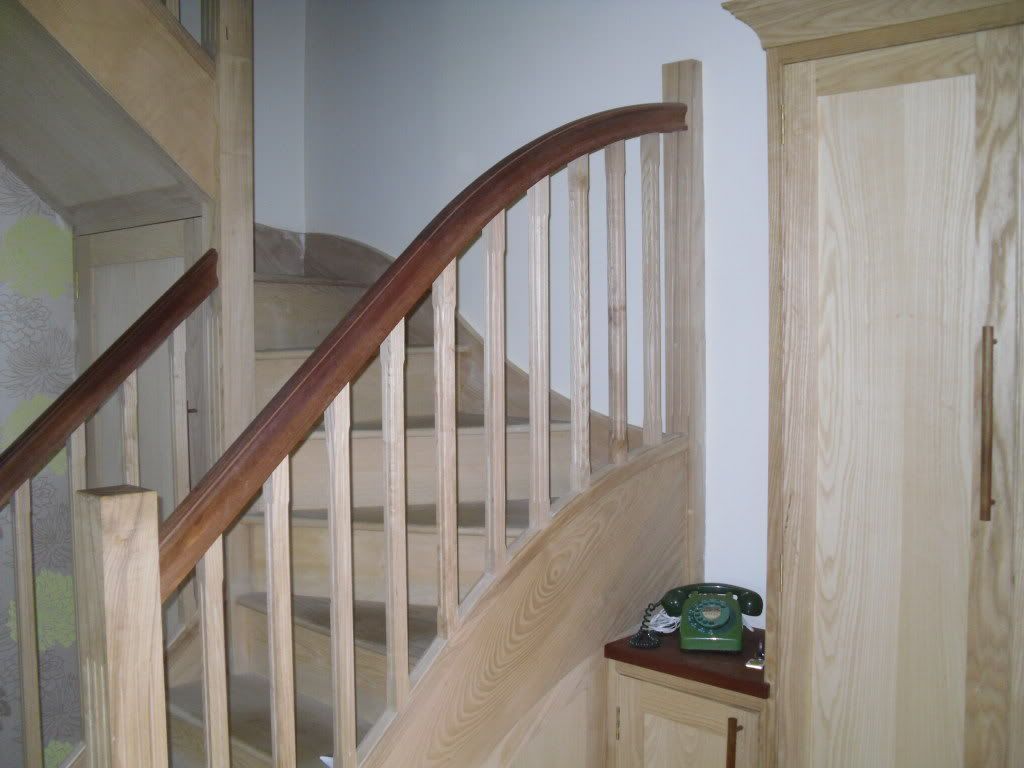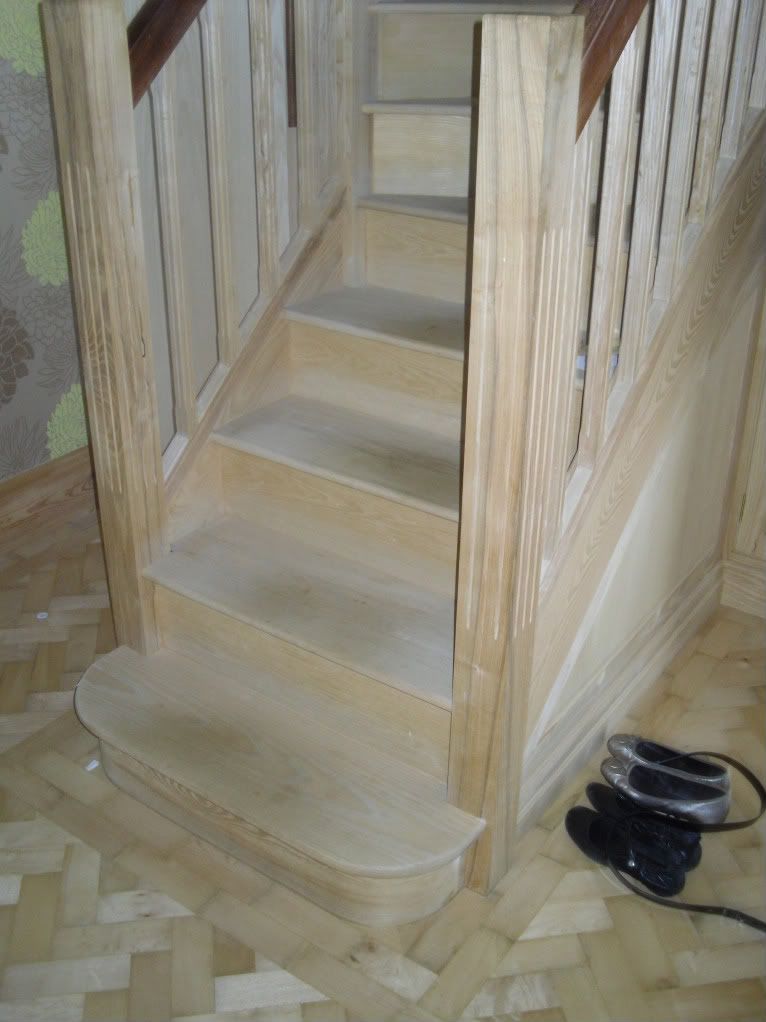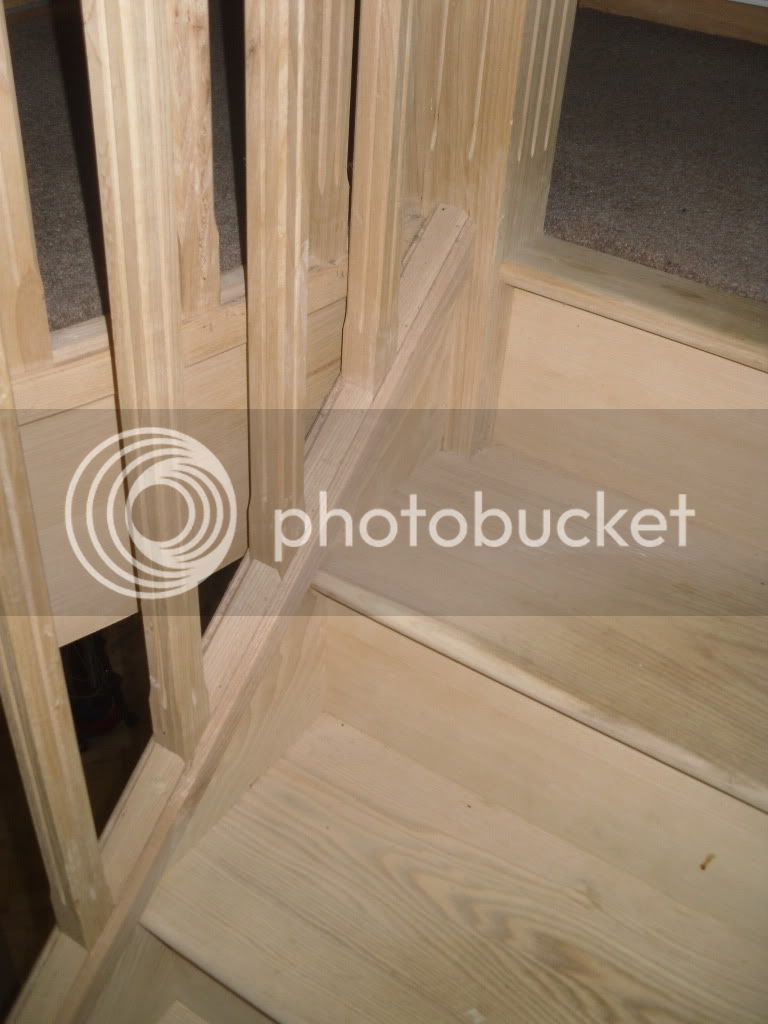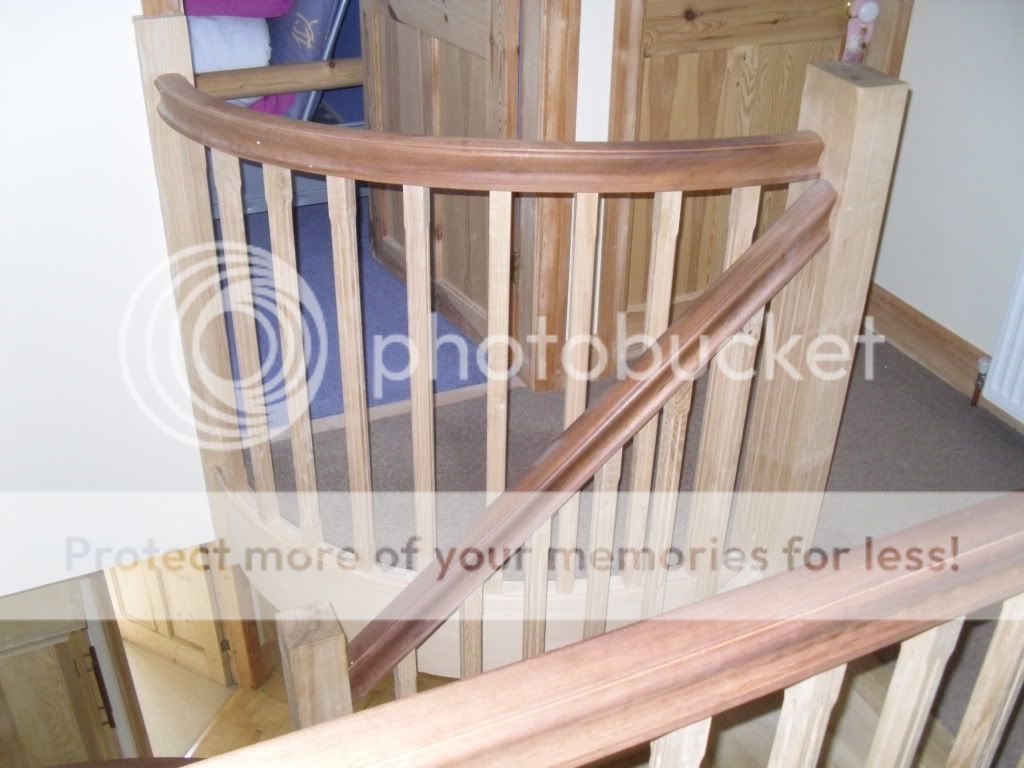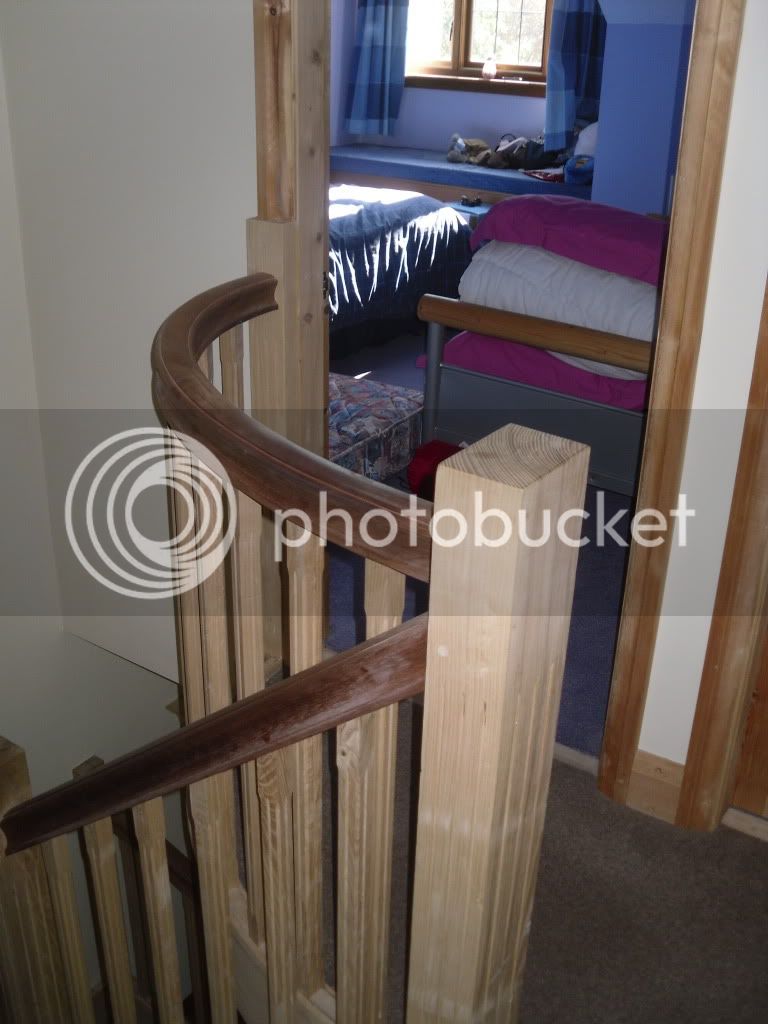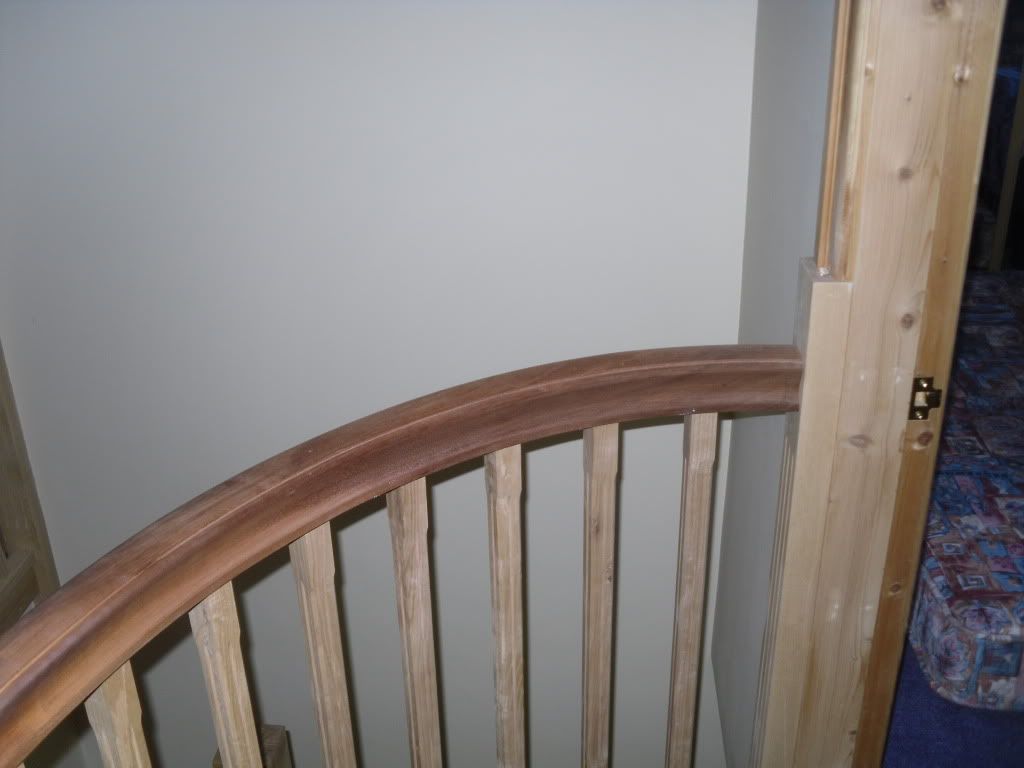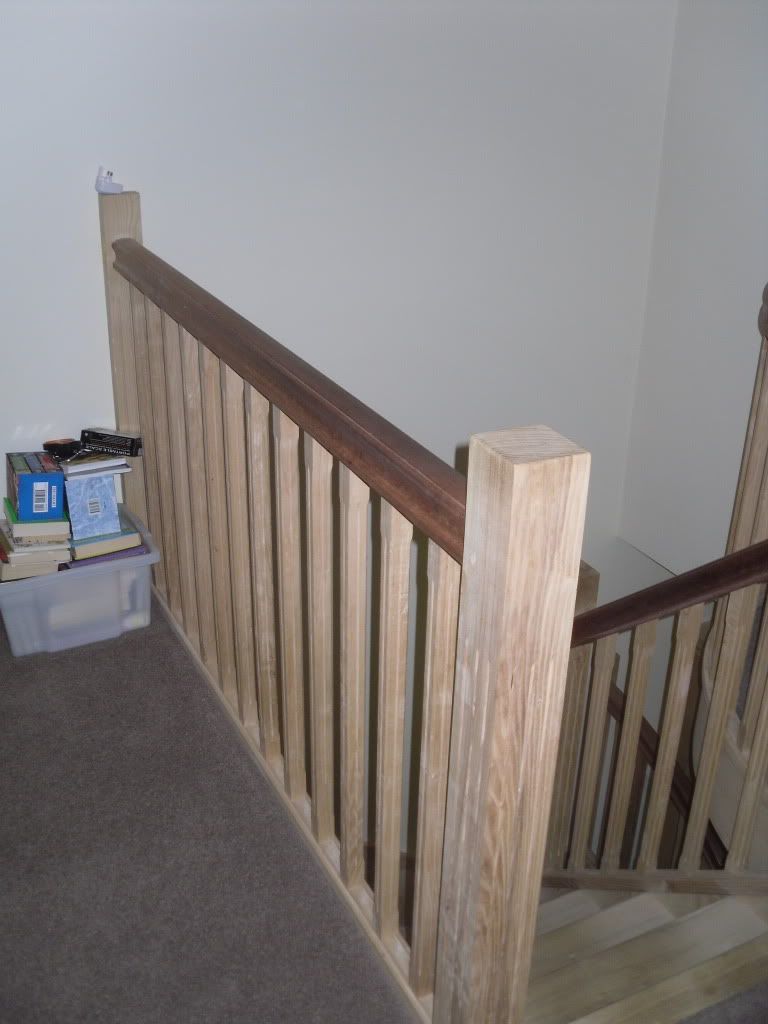I have a set of stairs to make for a customer and she wants oak strings but mdf treads and plywood risers as it's going to be carpeted.
In the past I have used jigs that I knocked up in the shop but recently purchased a Unika stair jig. It suggests using a 16mm or 22mm dovetail cutter for routing the strings....I've never used a dovetail cutter before for this, only straights. Anyone used them before....any pros/cons or should I just stick a straight cutter in and be done?
Any problems with the dovetail tapering smaller and the strings being hardwood (oak)?
Thanks.
In the past I have used jigs that I knocked up in the shop but recently purchased a Unika stair jig. It suggests using a 16mm or 22mm dovetail cutter for routing the strings....I've never used a dovetail cutter before for this, only straights. Anyone used them before....any pros/cons or should I just stick a straight cutter in and be done?
Any problems with the dovetail tapering smaller and the strings being hardwood (oak)?
Thanks.



